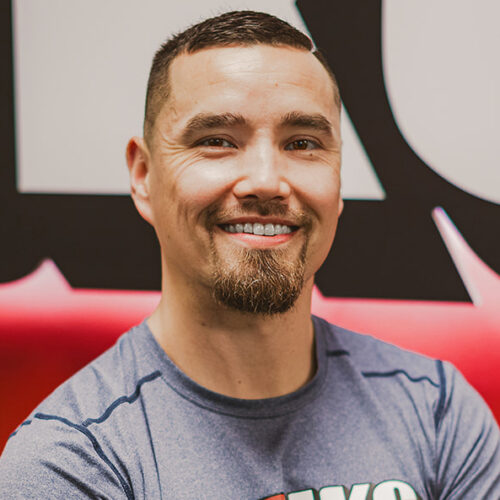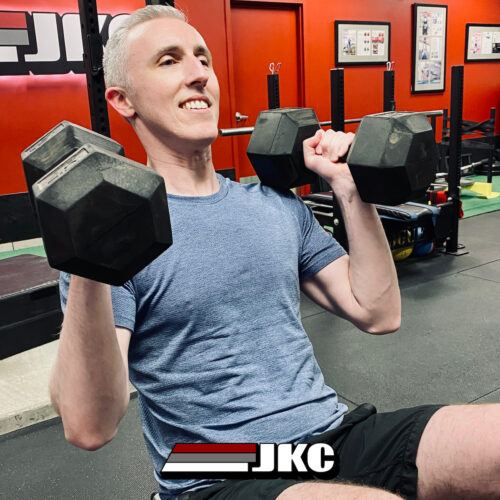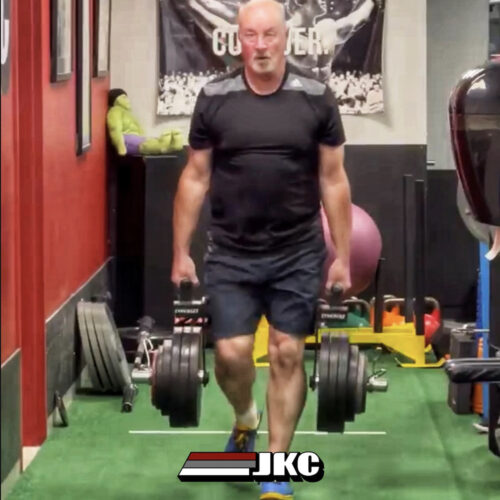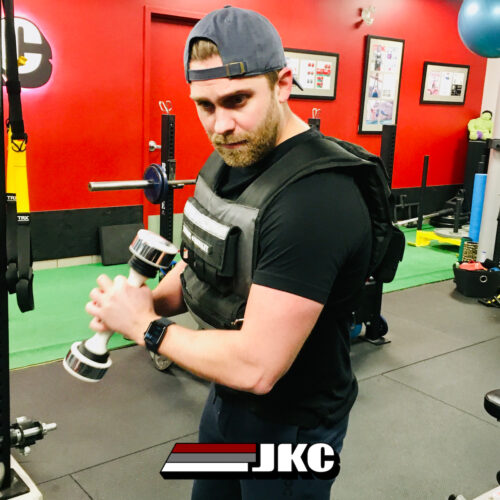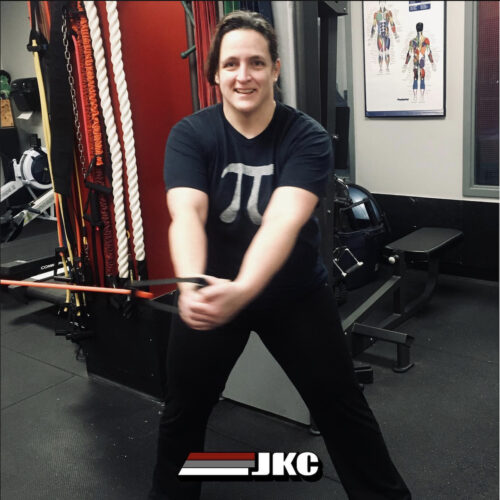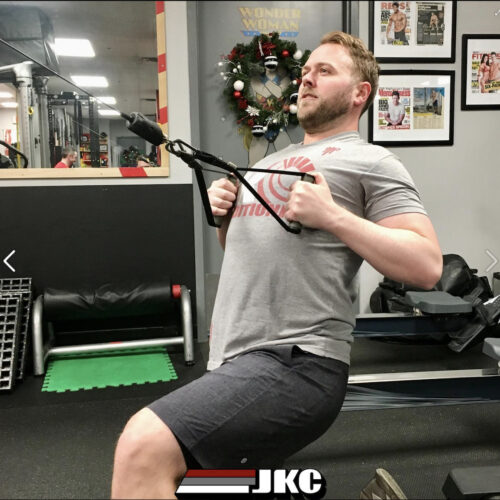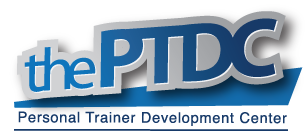 A few months ago, a friend and fellow trainer said “I noticed you started calling yourself a fitness writer on your blog and email signature.” I replied and started thinking to myself, why did I do that? Was I correct to change my title to a personal trainer AND fitness writer? What constitutes a fitness writer anyway? Someone who blogs about fitness? Someone who writes fitness articles for other websites and magazines? Is it the amount of writing someone does in relation to other activities or is it all about whether or not you get paid for writing? I looked up fitness and writer in the dictionary (online of course; I haven’t had a print dictionary since elementary school!) and here’s what I found:
A few months ago, a friend and fellow trainer said “I noticed you started calling yourself a fitness writer on your blog and email signature.” I replied and started thinking to myself, why did I do that? Was I correct to change my title to a personal trainer AND fitness writer? What constitutes a fitness writer anyway? Someone who blogs about fitness? Someone who writes fitness articles for other websites and magazines? Is it the amount of writing someone does in relation to other activities or is it all about whether or not you get paid for writing? I looked up fitness and writer in the dictionary (online of course; I haven’t had a print dictionary since elementary school!) and here’s what I found:
fit·ness /ˈfitnis/ – The condition of being physically fit and healthy
writ·er /ˈrītər/ – A person who writes books, stories, or articles as a job or regular occupation
Therefore, a fitness writer is someone who writes books, stories or articles about being or getting physically fit and healthy, as a job or regular occupation. So based on this definition I just made up, I guess I do constitute all aspects of the title fitness writer, however, I don’t write full-time and only do it because I enjoy it and because I’m selfish. I write because it forces me to think. I write because it gives me a better understanding of what I’m doing in the gym. I write because it helps me organize my thoughts and challenges me to be concise. I write because I like helping people learn and understand things they never knew about their body, fitness and working out – what’s called service writing. Lastly, I write to build a reputable, credible and respected name in the fitness industry.
When I first started in the industry, I never once thought about writing. The class I dreaded most in high school was English and I never read much as a kid (which I regret). I never wrote much and obviously didn’t have a blog. Fast forward 6.5 years and now I’m writing for the highest profile health and fitness magazines and websites. It’s amazing how things evolve when you put all your passion and dedication into something.
Since I started writing, I’ve made several mistakes along the way and also saw mistakes being made by other hopeful writers. Some dumb and some I wish I could change, but that’s how I learned. Here are 5 common mistakes hopeful fitness writers make:
5 Common Mistakes Hopeful Fitness Writers Make
1) Sending general (hopeful) emails to editors
Don’t email an editor with anything that looks like this (they’ll NEVER get back to you and you just ruined your chances at writing for that magazine):
Dear editor of [fitness magazine],
My name is Sam and I’m an awesome personal trainer. I know a lot about working out and have a lot of success. If you need any articles written on fat loss, hypertrophy training, conditioning, toning, pilates, yoga, olympic lifting and/or circuit training, I’m you’re guy.
Please email me anytime,
Thanks,
Sam
Send an introductory email to the editor and build a report, just as you would with a new client. Ask how the pitch process works and state your interest in contributing. Don’t include any pitch ideas yet. Compliment them on a recent article that was published – it shows you are familiar with the publication and polite. Include some of your credentials and successes, but keep the email short. You’re have more luck this way, trust me.
2) Using unprofessional language or acronyms
Don’t email the editor saying things like “Hey man,” or “I get sick results and know a program that can build some round tight asses,”or “My DL300 workout will give your readers awesome results!” Be professional and use language you would use in an interview. Don’t abbreviate unless the editor knows what you’re talking about.
3) Sending too many emails
The editors you work with are super busy. They have deadlines to meet, emails to reply to, meetings to attend and the list goes on. You’ll need to send follow up emails from time to time, but don’t get carried away. Following up every day is a bad idea. Follow up once a week or maybe every two weeks. Too many emails will piss off the editor and put you in their “annoying, I don’t want to work with you anymore” books.
4) Pitching to the wrong audience
Know who you’re pitching too and what the readership is like. Be familiar with the types of articles the magazine or website publishes and also the type of language they use.
5) Pitching what has already been done
Don’t pitch a new core workout that uses front planks and side planks. It’s been done already and has been written about everywhere. Put a slight twist to a common training principle or workout idea. Remember, everything as been done before, so don’t reinvent the wheel either. Because the fitness industry is not black and white, there are an infinite amount of training philosophies and ideas that work. Don’t worry what others think – if your program or system works, try to get your word out.
*****

If you’re interested in taking your fitness writing to the next level, I highly recommend checking out How to Get Published, a 5 ebook product (over 200 pages), which was released this week from Lou Schuler, Sean Hyson and John Romaniello. I just went through all the material and it’s awesome. Lou was a senior editor for Men’s Health, Sean is the Men’s Fitness fitness editor and John has written for every fitness publication known to man – so you know the info is top notch and direct from the source. Here’s what the ebooks cover:
- How to get started as a writer
- How to tailor your work to specific audiences
- How editors like Lou and me do our jobs
- What kinds of fitness stories sell
- How to structure an article for a magazine
- How to pitch an article to an editor
- How to write a book proposal that gets the attention of a publisher
- How to start a blog that generates a six-figure income
I promise you won’t regret this investment. It’s worth the money, trust me.
Check out How to Get Published HERE.
That’s a wrap, thanks for reading.
-JK
